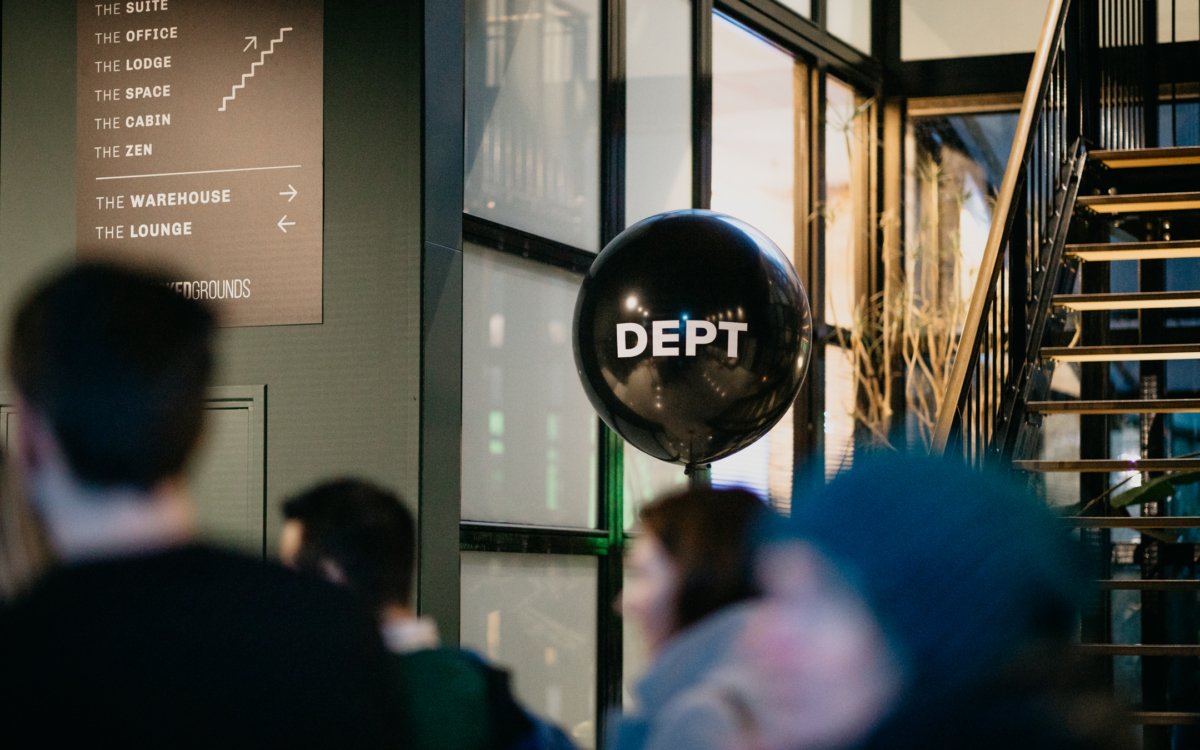How headless systems can help you move with speed and agility


Global SVP Technology & Engineering
Today’s world is increasingly dominated by visually rich digital experiences. Many brands are realising the importance of delivering engaging and personalised stories online in order to share information and build a connection with consumers. As new channels and platforms are developed, digital experiences continue to evolve, making it difficult for some companies to stay afloat given the continuous stream of development. In order to keep up, brands need flexibility in their underlying technology platforms and business systems. This is where taking a “headless” approach to system architectures is beneficial because they enable flexibility and agility.
Headless – the basics
So what are headless systems? The term “headless” comes from the analogy of cutting the “head”, which is the front-end in this scenario, from the “body” which is the back-end. Essentially, headless systems view the front-end and back-end as separate systems and focus on the back-end only. Meaning brands can change one aspect without affecting the other. So for example, developers can create new websites or applications without being tied to any specific framework or language. So if your underlying business aspects enable flexibility, reusability and can connect various data sources, this can support your brand in the creation of new digital experiences.
Best of need vs. best of breed
There are numerous headless technologies available on the market. From headless Commerce to headless Content Management Systems, and even headless Digital Asset Management products. However, when deciding what kind of headless system your company needs, there are two options organisations can choose from:
- Best of Need: is a suite of products which are pre-integrated and have a common user interface. Each product in the suite isn’t the best in its class but usually fulfils the basic needs most organisations have. So if brands know what they need and want something that fits those exact requirements then this might be the solution for you. However, something worth noting is Best of Need software is not great for specific tasks.
- Best of Breed: these are often niche systems which perform specialised functions better than an integrated system. Meaning you can quickly add or swap components which you think are necessary. However, one of the main downsides of these products is that they are frequently from different vendors and as such need to be integrated with other existing systems.
The advantages of headless
Now headless systems have numerous advantages, from lower operating costs to an easy setup, here are a few benefits of using a headless system:
- Flexibility: Multiple teams can interact with the system at the same time. Meaning your digital teams can each work on their tasks which are then connected via API’s. Giving each team full flexibility and which can enable more creativity.
- Faster time-to-market: Headless systems promote an agile way of working. Each team can work simultaneously on its tasks using one system without getting in each other’s way. Also, brands can more easily and efficiently replace or upgrade various aspects of their existing infrastructure which doesn’t work for them. Meaning the production process can be sped up and your website can undergo maintenance while still being online.
- Stability: An established headless system will generally be well tested, stable, and bug-free. It will save you the stress of writing a custom user interface for data input.
The risk of using headless
Of course, like all systems, headless approaches also have a few downsides that companies should be aware of:
- Forgetting about the editors: most companies spend a lot of time thinking about their customers and how to create experiences that they will value. However, let’s not forget about the people who have to create these experiences. They have to be able to easily use and enjoy whatever system your company puts in place to ensure maximum usage of said tool. So before choosing a headless system, brands need to understand how their teams work and what functionalities they need to make them as effective as possible.
- Aggregation and scalability: If you start to have many “heads” and many “bodies” it can be hard to track the dependencies each one relies upon making it difficult to mix and match each component. Additionally, if a website needs to talk to five different APIs to provide the content and functionality required it can start to have scalability issues. By aggregating the APIs into an API management solution, these issues can be alleviated and also provide additional caching and scalability options.
- System silos: Multiple different systems can mean that teams are not working together and data is not being shared. So brands need to pay attention and ensure that new business software can be easily integrated with others. This is something which is more likely to happen with Best of Breed approaches compared to Best of Need.
Headless systems enable digital experiences
So as visual experiences continue to dominate our world, brands will need to adapt if they want to continue catering to their customer’s demands. Headless systems can help manage this complexity by providing flexibility, an agile way of working and faster time-to-market. They can enable the creation of technologies which can be reused in various ways. Making it easier for brands to distinguish themselves from their competitors in our increasingly visually-oriented economy.
Questions?
Global SVP Technology & Engineering